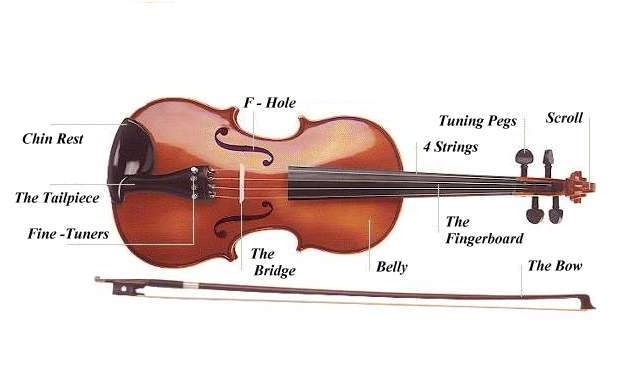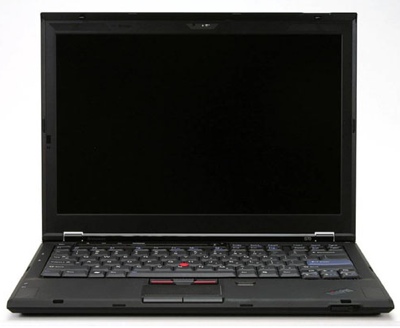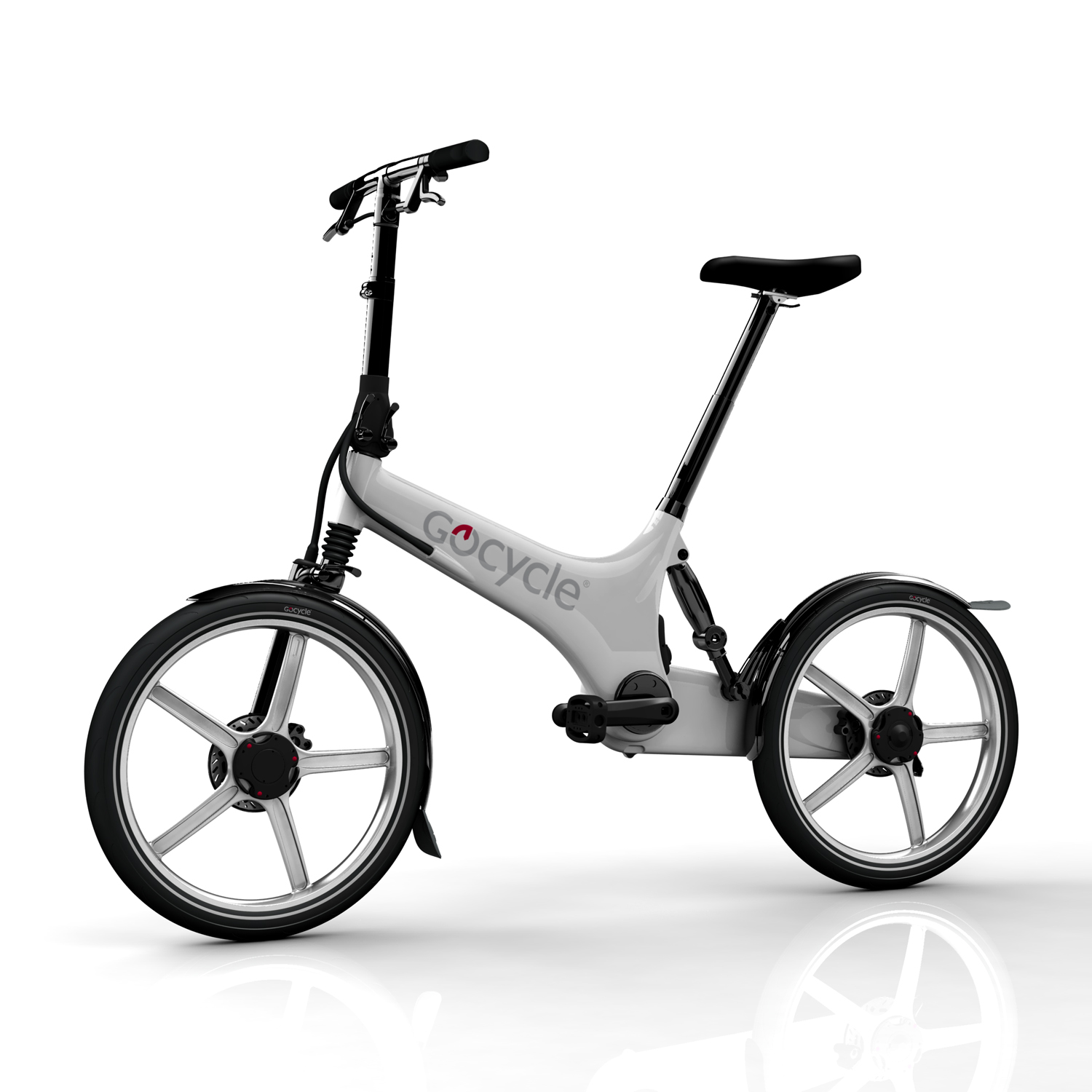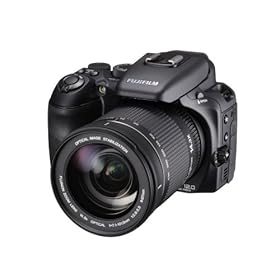
Violin, bowed stringed instrument, the highest pitched member of the violin family. Other members of the violin family are the Viola, Cello, and Double bass. The bow is a narrow, slightly incurved stick of Pernambuco about 75 cm (about 30 in) long, with a band of horsehair stretched from end to end of the bowstick. The violin has four strings tuned a fifth apart, to the notes g, d’, a’, e’’: On early violins the strings were of pure gut. Today they may be of gut, gut wound with aluminium or silver, steel, or perlon.
The main parts of the violin are the front, also called the belly, top, or soundboard, usually made of well-seasoned spruce; the back, usually made of well-seasoned maple; and the ribs, neck, fingerboard, pegbox, scroll, bridge, tailpiece, and f-holes, or soundholes. The front, back, and ribs are joined together to form a hollow sound box. The sound box contains the sound post, a thin, dowel-like stick of wood wedged inside underneath the right side of the bridge and connecting the front and back of the violin; and the bass-bar, a long strip of wood glued to the inside of the front under the left side of the bridge. The sound post and bass-bar are important for the transmission of sound, and they also give additional support to the construction. The strings are fastened to the tailpiece, rest on the bridge, are suspended over the fingerboard, and run to the pegbox, where they are attached to tuning pegs that can be turned to change the pitch of the string. The player makes different pitches by placing the left-hand fingers on the string and pressing against the fingerboard. The strings are set in vibration and produce sound when the player draws the bow across them at a right angle near the bridge.
Among the prized characteristics of the violin are its singing tone and its potential to play rapid, brilliant figurations as well as lyrical melodies. Violinists can also create special effects by means of the following techniques: pizzicato, plucking the strings; tremolo, moving the bow rapidly back and forth on a string; sul ponticello, playing with the bow extremely close to the bridge to produce a thin, glassy sound; col legno, playing with the wooden part of the bow instead of with the hair; harmonics, placing the fingers of the left hand lightly on certain points of the string to obtain a light, flutelike sound; and glissando, steadily gliding the left-hand fingers up and down along the string to produce an upward- or downward-sliding pitch.
The violin emerged in Italy in the early 1500s and seems to have evolved from two medieval bowed instruments—the fiddle, also called vielle or fiedel, and the rebec—and from the Renaissance lira da braccio (a violinlike instrument with off-the-fingerboard drone strings). Also related, but not a direct ancestor, is the viol, a fretted, six-string instrument that appeared in Europe before the violin and existed side by side with it for about 200 years.
The earliest important violin makers were the northern Italians Gasparo da Salò (1540-1609) and Giovanni Maggini (1579-c. 1630) from Brescia and Andrea Amati from Cremona. The craft of violin making reached unprecedented artistic heights in the 17th and early 18th centuries in the workshops of the Italians Antonio Stradivari and Giuseppe Guarneri, both from Cremona, and the Austrian Jacob Stainer.
Compared with the modern instrument, the early violin had a shorter, thicker neck that was less angled back from the violin's front; a shorter fingerboard; a flatter bridge; and strings made solely of gut. Early bows were somewhat different in design from modern ones. These construction details were all modified in the 18th and 19th centuries to give the violin a louder, more robust, more brilliant tone. A number of 20th-century players have restored their 18th-century instruments to the original specifications, believing them more suited for early music.
Used at first to accompany dancing or to double voice parts in vocal music, the violin was considered an instrument of low social status. In the early 1600s, however, the violin gained prestige through its use in operas such as Orfeo (1607), by the Italian composer Claudio Monteverdi, and through the French king Louis XIII's band of musicians, the 24 violins du roi (“the king's 24 violins,” formed in 1626). This growth in stature continued throughout the baroque period (circa 1600-c. 1750) in the works of many notable composer-performers, including Arcangelo Corelli, Antonio Vivaldi, and Giuseppe Tartini in Italy and Heinrich Biber, Georg Philipp Telemann, and Johann Sebastian Bach in Germany. The violin became the principal force in the instrumental genres then current—the solo concerto, concerto grosso, sonata, trio sonata, and suite—as well as in opera. By the mid-18th century the violin was one of the most popular solo instruments in European music. Violins also formed the leading section of the orchestra, the most important instrumental ensemble to emerge in both the baroque and classical (circa 1750-c. 1820) eras; and in the modern orchestra—still the most important instrumental ensemble in Western music—the violin family continues to account for more than half the players. The predominant chamber-music ensemble, the string quartet, consists of two violins, viola, and cello.
During the 19th century virtuoso violinists of legendary fame concertised extensively throughout Europe. They included the Italians Giovanni Viotti and Nicolò Paganini, the Germans Louis Spohr and Joseph Joachim, the Spaniard Pablo de Sarasate, and the Belgians Henri Vieuxtemps and Eugène Ysaÿe. In the 20th century the violin achieved new artistic and technical heights in the hands of the Americans Isaac Stern and Yehudi Menuhin, the Austrian-born Fritz Kreisler, the Russian-born Jascha Heifetz, Mischa Elman, and Nathan Milstein (who became U.S. citizens), the Hungarian Joseph Szigeti, and the Soviet David Oistrakh.
Among composers of major solo and chamber works for the violin are Bach, Wolfgang Amadeus Mozart, and Ludwig van Beethoven in the baroque and classical eras; the Austrian Franz Schubert, the Germans Johannes Brahms, Felix Mendelssohn, and Robert Schumann, and the Russian Peter Ilich Tchaikovsky in the romantic era; and the French Claude Debussy, the Austrian Arnold Schoenberg, the Hungarian Béla Bartók, and the Russian-born Igor Stravinsky in the 20th century.
for Extra Info Visit
http://www.asinari.it/vionoeng.htm

























 CENTURION: Sri Lanka won the rain-affected Group B match on the Duckworth-Lewis method defeating South Africa by 55 runs in the opening match of the 2009 Champions Trophy here at SuperSport Park on Tuesday.
CENTURION: Sri Lanka won the rain-affected Group B match on the Duckworth-Lewis method defeating South Africa by 55 runs in the opening match of the 2009 Champions Trophy here at SuperSport Park on Tuesday.


